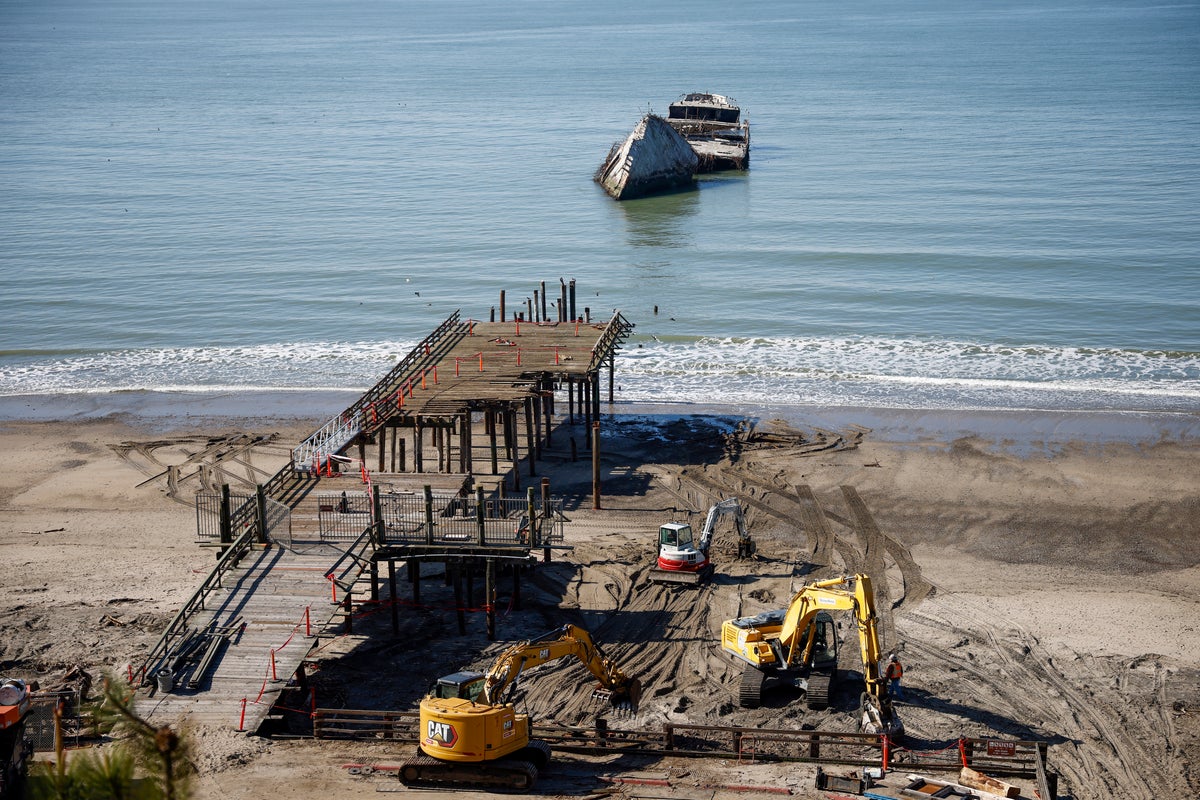
A powerful weather system from the Gulf of Alaska pushed into Northern California on Tuesday, bringing more wind, rain and snow to a state battered by months of storms.
Forecasters warned of heavy snow in coastal mountains and the Sierra Nevada, where accumulations up to 4 feet (1.2 meters) were possible, highway chain requirements took effect and a backcountry avalanche warning was issued for the greater Lake Tahoe area.
The National Weather Service said the storm was expected to pull a plume of Pacific moisture into California as it tracked south, but the rainfall was not expected to be as intense as the atmospheric rivers that impacted the state in recent weeks.
After a dozen previous atmospheric rivers and blizzards fueled by arctic air, the water content of California's Sierra Nevada snowpack is more than double normal overall, and nearly triple in the southern Sierra.
Damage since the onslaught began in late December includes buildings crushed by snow, flooding of communities and farm fields and homes threatened by landslides.
Crews on Monday tore down a historic pier in Santa Cruz County that was in danger of collapse. The 500-foot-long (152-meter) wooden pier at Seacliff State Beach was severely damaged by big surf in January. Built in 1930, the pier connected the beach to SS Palo Alto, a grounded Word War I-era steamship known as the “cement ship.”
On the positive side, the storms have brought much-needed water. The state's two largest reservoirs, Shasta and Oroville, have risen above their historical averages to date after being significantly depleted.
In Southern California, the Metropolitan Water District is bringing water from the north to fill its massive Diamond Valley Lake, a reservoir that had diminished to 60% of capacity after three years of drought. It's expected to be full again by year's end.
“Nature gave us a lifeline,” MWD General Manager Adel Hagekhalil said Monday as officials watched water pour into the reservoir.







